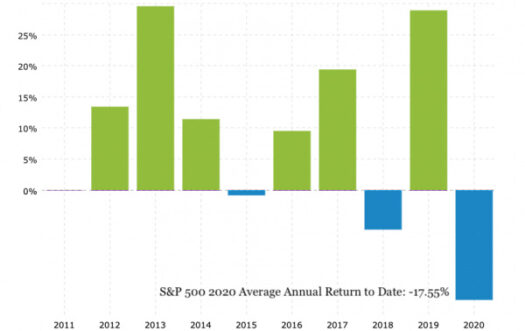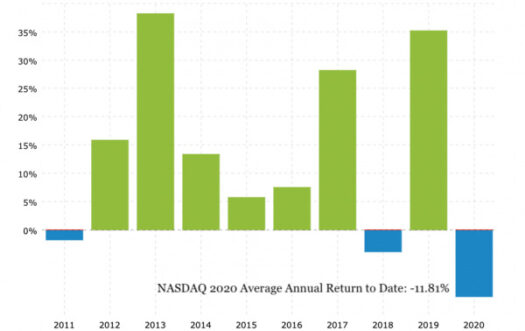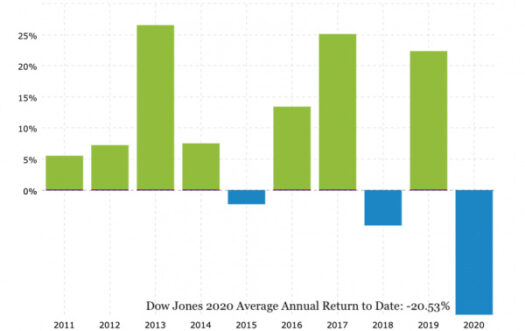When faced with significant damage to your property, navigating the complex terrain of insurance claims can be overwhelming. That’s where a public adjuster comes into play. What exactly is the role of a public adjuster, and how can they assist you during this stressful time?
Decoding a Public Adjuster’s Role in Your Claim
A public adjuster is an insurance expert you can hire to manage your claim for you. Unlike insurance company adjusters who represent the insurer’s interests, they work exclusively for you. Their primary goal is to ensure you receive every dollar you’re entitled to under your policy.
Role of a Public Adjuster
Damage Assessment
A public adjuster will inspect and assess the damage to your property. Furthermore, they will evaluate the scope of repairs and estimate the replacement value for those repairs.
Policy Understanding
They will help you understand your insurance policy, decipher the legal jargon, and ensure you are aware of what is covered.
Negotiation
Public adjusters communicate with your insurance carrier on your behalf, attempting to negotiate a settlement that accurately reflects the damage and coverage.
Documentation
They document everything you’ve lost and double-check the damage to your property, potentially leading to a larger insurance settlement.
When Should You Consider Hiring a Public Adjuster?
Large or Severe Claims
Public adjusters are particularly valuable for significant claims involving high-value or extensive damage to your property, such as after a fire or a natural disaster.
Claim Disputes
If you are dissatisfied with your insurance carrier’s settlement offer or feel that the claim settlement is too low, they can help dispute the settlement and advocate for a higher payout.
Complex Claims
When you face complex claims involving multiple policies or intricate questions about coverage, a public adjuster’s expertise can be invaluable.
Benefits
Fair Settlements
Public adjusters are skilled negotiators, fighting for your right to a fair and accurate settlement. This can be hard for a policyholder to obtain on their own.
Time Savings
They handle all the paperwork and communication with your insurance carrier, saving your significant time and stress.
Policy Understanding
Additionally, public adjusters help you comprehend your policy details and navigate the often confusing claims process, ensuring you make informed decisions throughout the entire journey.
Reliability
Get Referrals
Seek recommendations from friends, family, or online reviews to find reputable public adjusters in your area.
Check Licenses
Ensure the adjuster holds a license in your state. Most state insurance departments provide online license verification tools.
Research
Look for adjusters affiliated with professional associations like the National Association of Public Insurance Adjusters, ensuring adherence to industry standards and ethics.
Read Contracts Carefully
Understand the fees, services, and terms, outlined in the contract before hiring an adjuster.
Remember, hiring a public adjuster can level the playing field between you and your insurance carrier, ensuring you receive the compensation you deserve after a disaster. Furthermore, by entrusting the complexities of your insurance claim to a skilled professional, you can focus on rebuilding and regaining peace of mind while your public adjuster advocates for your rightful settlement.



